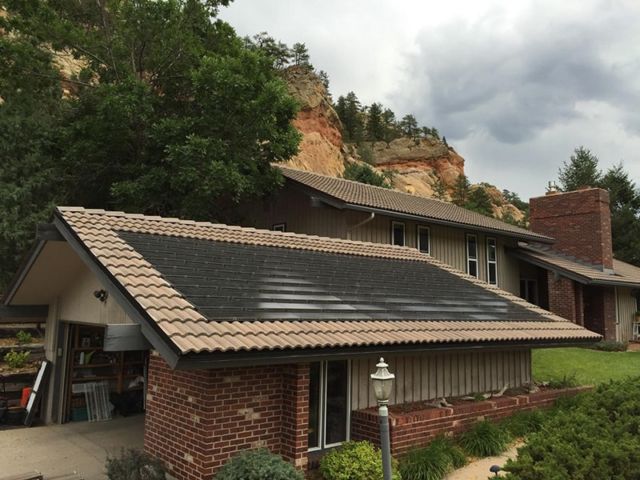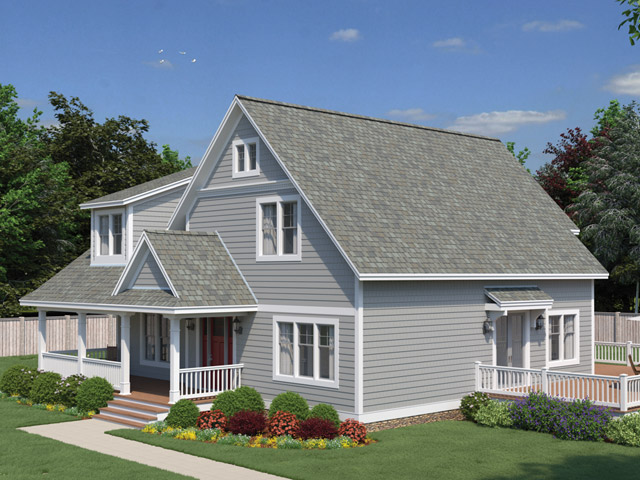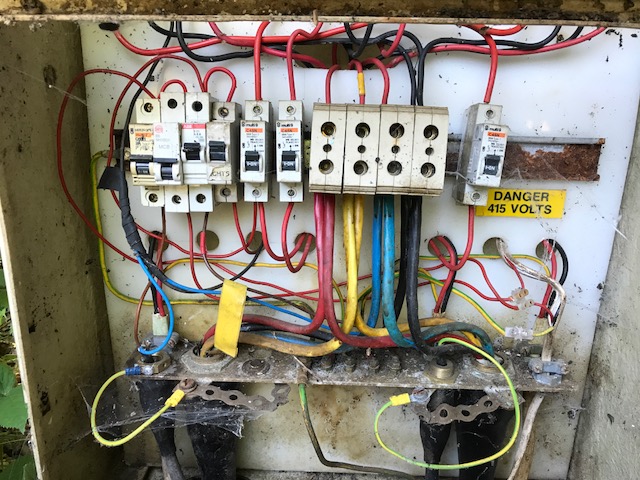Your home’s roof is not just a protective covering; it’s a significant architectural element that contributes to your property’s overall style and functionality. With numerous roofing options available, choosing the right one can be a daunting task. Whether you’re building a new home or considering a roof replacement, this comprehensive guide to roof types and styles will help you make an informed decision that suits your needs and enhances your home’s aesthetics.
Roof Types
Roof types refer to the underlying structure and design of your roof. The choice of roof type impacts the overall look, durability, and functionality of your roof. Here are some of the most common roof types:
1. Gable Roof (A-Frame Roof)
- Description: The gable roof, also known as an A-frame roof, is one of the most popular and recognizable styles. It consists of two sloping roof sections that meet at a central ridge.
- Benefits: Gable roofs provide excellent ventilation, making them suitable for areas with hot climates. They also shed snow and water effectively.
- Considerations: In areas prone to high winds, gable roofs may be susceptible to damage unless adequately braced.
2. Hip Roof
- Description: Hip roofs have slopes on all four sides, creating a gentle incline towards the center. They don’t have gables.
- Benefits: Hip roofs are more stable and wind-resistant than gable roofs. They provide extra living space in the form of attic or vaulted ceilings.
- Considerations: Hip roofs can be more complex to construct, which may increase the cost of installation and maintenance.
3. Flat Roof
- Description: As the name suggests, flat roofs are nearly level with a slight slope for water drainage. They are commonly used in modern and commercial buildings.
- Benefits: Flat roofs provide additional outdoor living space, such as rooftop gardens or patios. They are cost-effective and easy to install.
- Considerations: Proper drainage and maintenance are crucial for flat roofs to prevent water pooling and leaks.

4. Mansard Roof
- Description: The mansard roof has four sloping sides, with a steeper lower slope and a shallower upper slope. It often features dormer windows.
- Benefits: Mansard roofs offer extra living space beneath the roof and a distinct, elegant look. They are suitable for historic and Victorian-style homes.
- Considerations: Mansard roofs can be more expensive to build and maintain due to their complexity.
5. Gambrel Roof
- Description: Similar to the mansard roof, the gambrel roof has two slopes on each side, but it lacks the steep upper slope. It’s commonly found in barns and Dutch Colonial-style homes.
- Benefits: Gambrel roofs maximize interior space and are well-suited for attic conversion. They have a classic, rustic appearance.
- Considerations: Like mansard roofs, gambrel roofs require regular maintenance and may be more costly to build.
Roofing Styles
Roofing styles refer to the external appearance and materials used to cover your roof. Your choice of roofing style greatly influences your home’s curb appeal. Here are some popular roofing styles:
1. Asphalt Shingles
- Description: Asphalt shingles are one of the most commonly used roofing materials. They are available in various styles, including three-tab, architectural, and luxury shingles.
- Benefits: Asphalt shingles are affordable, durable, and easy to install. They come in a wide range of colors and styles to suit different architectural designs.
- Considerations: While asphalt shingles are cost-effective, they have a relatively shorter lifespan compared to some other materials.
2. Wood Shakes
- Description: Wood shakes are crafted from cedar, redwood, or pine and have a rustic, natural appearance.
- Benefits: Wood shakes offer excellent insulation and a timeless, classic look. They age gracefully and can last for decades when properly maintained.
- Considerations: They require regular maintenance, are susceptible to rot, and may not be permitted in some areas due to fire concerns.
3. Metal Roofing
- Description: Metal roofs are available in various materials, including steel, aluminum, and copper, and can mimic the appearance of other materials like shingles or tiles.
- Benefits: Metal roofs are incredibly durable, energy-efficient, and environmentally friendly. They require minimal maintenance and can last 50 years or more.
- Considerations: The initial cost of metal roofing can be higher than some other materials, but the long-term savings and lifespan make it a worthwhile investment.
4. Slate Roofing
- Description: Slate roofing consists of natural stone tiles that are incredibly durable and have a distinctive appearance.
- Benefits: Slate roofs are virtually indestructible and can last over a century. They are fire-resistant and require minimal maintenance.
- Considerations: Slate roofing is heavy and may require additional structural support. It’s also one of the most expensive roofing materials.
5. Concrete or Clay Tiles
- Description: Concrete and clay tiles are known for their durability and distinctive Mediterranean or Spanish-style appearance.
- Benefits: These tiles are long-lasting, fire-resistant, and available in various colors and styles. They can add a touch of elegance to any home.
- Considerations: Tiles are heavier than other roofing materials, so proper structural support is necessary. They can also be costly to install.
6. Green Roof (Living Roof)
- Description: Green roofs are covered with vegetation, creating a natural, eco-friendly look.
- Benefits: Green roofs provide excellent insulation, improve air quality, and help manage stormwater runoff. They reduce energy costs and enhance biodiversity.
- Considerations: Green roofs require specialized installation and maintenance expertise. They are typically more expensive upfront but offer long-term environmental benefits.
Conclusion
Choosing the right roof type and style is a significant decision for homeowners. It not only affects the protection and functionality of your home but also plays a crucial role in its appearance and curb appeal. When selecting a roofing option, consider your budget, climate, maintenance preferences, and the architectural style of your home. Consulting with the best roofing company can provide valuable insights and help you make the best choice for your unique needs. With the right roof, your home will not only stand the test of time but also look stunning for years to come.




